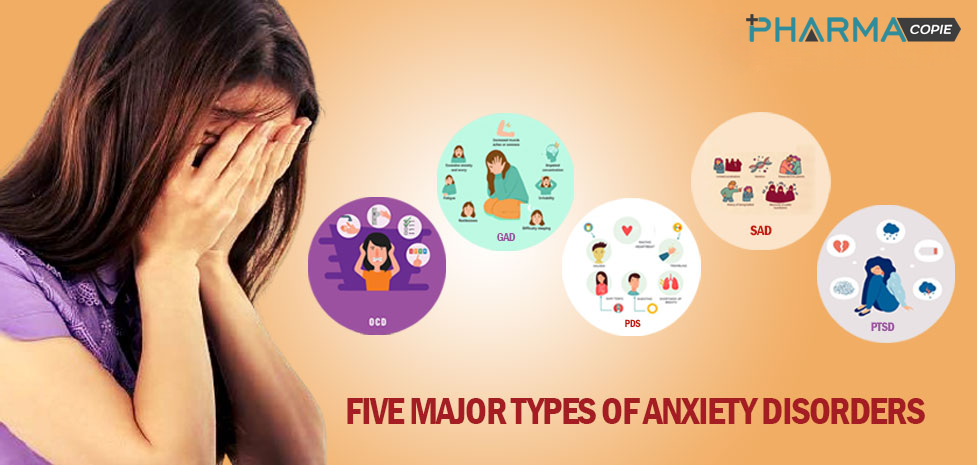
Anxiety disorders
Anxiety is an emotion that we feel at many points in life, for example, worrying when faced with a problem at work, before making an important decision, or before taking an examination. Anxiety is the brain’s way of reacting to a stressful situation and alerting us of potential danger ahead.
Occasional anxiety is normal. However, anxiety disorders are different. They are a group of mental illnesses that cause overwhelming and constant fear and anxiety. The tremendous anxiety can make you avoid school, work, family get-togethers, and other social situations that could worsen or trigger your symptoms. With treatment, most people can control their feelings.
Let us now discuss the types of anxiety disorders in detail.
Types of anxiety disorders
Five major types of anxiety disorders are:
Obsessive-compulsive disorder
Obsessive-compulsive disorder is a type of anxiety disorder involving compulsions and obsessions. OCD is characterized by recurring intrusive and unwanted thoughts, images (obsessions), and impulses. OCD causes extreme anxiety in patients if they fail to act on these compulsions. A person with obsessive-compulsive disorder feels compelled to perform repetitive mental and behavioral rituals (compulsions). Performing these rituals only gives temporary relief but eventually increases the anxiety. It can be exhausting, demanding, and extremely challenging to live with obsessive-compulsive disorder (OCD).
Common obsessive-compulsive disorder behaviors are numbering or counting objects, washing hands repeatedly, or checking things with the false belief that the unwanted thoughts will leave. The rituals and patterns that hallmark the disorder can also negatively affect the patient’s job performance and ability to achieve their goals.
Mental health experts usually consider medication and therapy, or a combination of both, to have maximum benefit in treating obsessive-compulsive disorder. Exposure and response prevention, a type of CBT (cognitive behavioral therapy), is usually the suggested approach. If you have severe obsessive-compulsive disorder symptoms, or if your symptoms do not respond to therapy alone, your health care provider may suggest consulting a psychiatrist about your medication. Medications that may benefit obsessive-compulsive disorder symptoms are antipsychotics or antidepressants like selective serotonin reuptake inhibitors (SSRIs).
Generalized anxiety disorder
GAD or generalized anxiety disorder is an anxiety disorder and is characterized by tension, exaggerated worry, and chronic anxiety, even when it is little or no reason to provoke it. People with generalized anxiety disorder show excessive fear or anxiety, most days for at least six months. The anxiety could be related to several things such as work, social interactions, personal health, and various other daily life circumstances. The anxiety and fear may cause severe problems in areas of their life like work, school, and social interactions.
Symptoms of GAD could be:
- being easily fatigued
- feeling wound-up, restless, or on-edge
- being irritable
- having difficulty concentrating
- having muscle tension
- having sleeping problems, like difficulty staying or falling asleep, unsatisfying sleep, or restlessness
- difficulty controlling feelings of worry
Panic disorder
Panic disorder is an anxiety disorder, and it is characterized by repeated and unexpected episodes of intense panic accompanied by some physical symptoms. During a panic attack, the person may experience extreme fear and physical discomforts like heart palpitations, chest pain, dizziness, shortness of breath, or abdominal distress. People with this disorder usually worry about their next attack. They actively try to prevent panic attacks in the future by avoiding behaviors, situations, or places they associate with panic attacks. Stress about panic attacks and efforts spent trying to avoid them may cause significant problems in different areas of life.
PTSD or post-traumatic stress disorder
Post-traumatic stress disorder is an anxiety disorder that may develop after exposure to a terrifying ordeal or event in which grave physical harm was threatened or occurred. Traumatic events that can trigger PTSD are accidents, military combat, natural or human-caused disasters, or violent personal assaults.
It is normal to feel scared after and during a traumatic event. Fear triggers several split-second changes in your body to avoid danger or defend against it. This fight-or-flight response is a natural reaction of humans to protect themselves from harm. Nearly everyone will go through a range of reactions after a traumatic event, yet most people overcome the initial symptoms on their own. Those who continue to face problems can be diagnosed with PTSD. People with PTSD can feel frightened or stressed, even when they aren’t in a dangerous situation. A mental health professional can diagnose PTSD.
To be diagnosed with PTSD, a person must have these symptoms for at least a month:
- At least one avoidance symptom
- At least one re-experiencing symptom
- At least two mood and cognition symptoms
- At least two reactivity and arousal symptoms
Social anxiety disorder (or social phobia)
Social anxiety disorder is an anxiety disorder and is characterized by excessive self-consciousness and overwhelming anxiety in daily life social situations. A social anxiety disorder may be limited to only one type of circumstances like fear of drinking or eating in front of others or speaking in informal and formal situations. In its more severe form, a social anxiety disorder can be so broad that an individual experiences symptoms almost anytime that other people surround them.

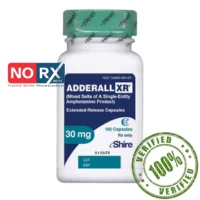

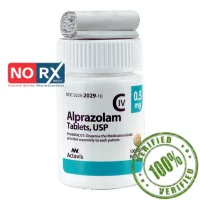


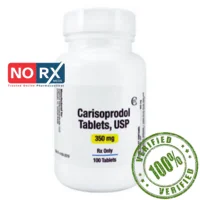


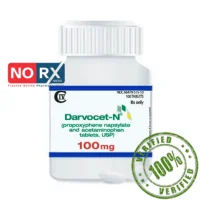
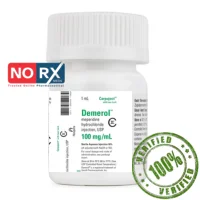

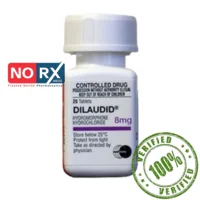

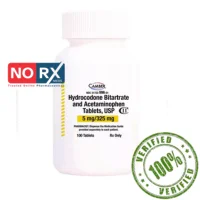
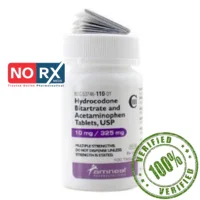

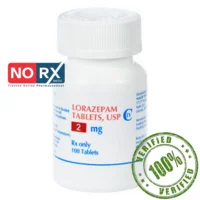
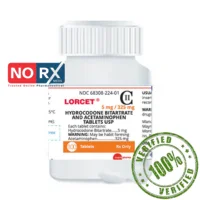
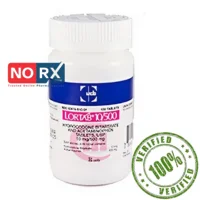
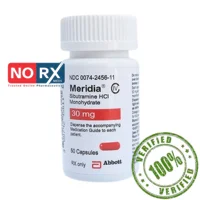
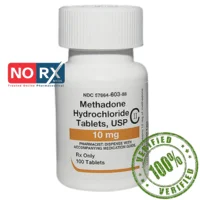
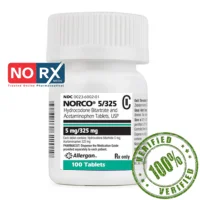
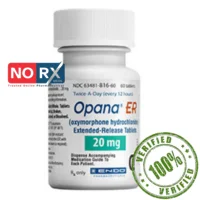
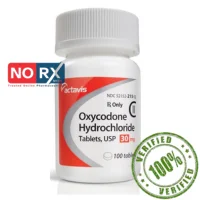
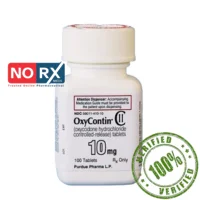

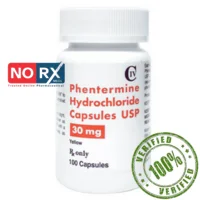
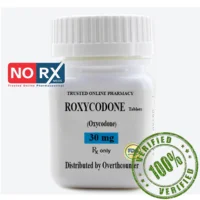
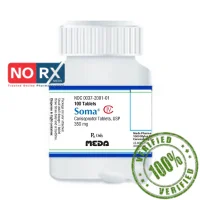


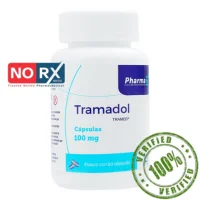




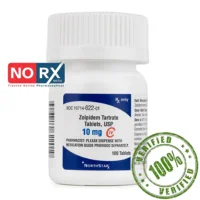
Leave a Reply